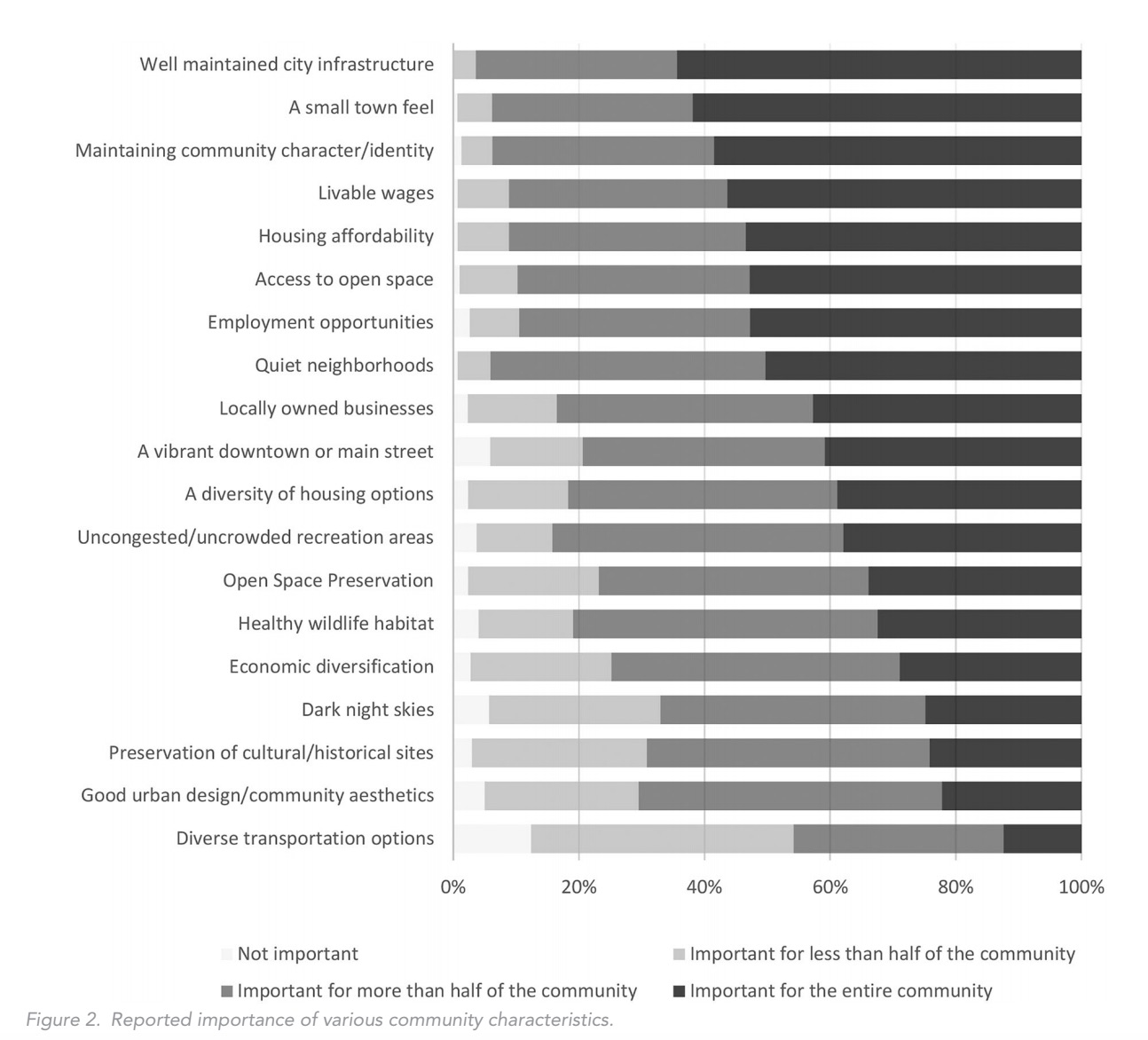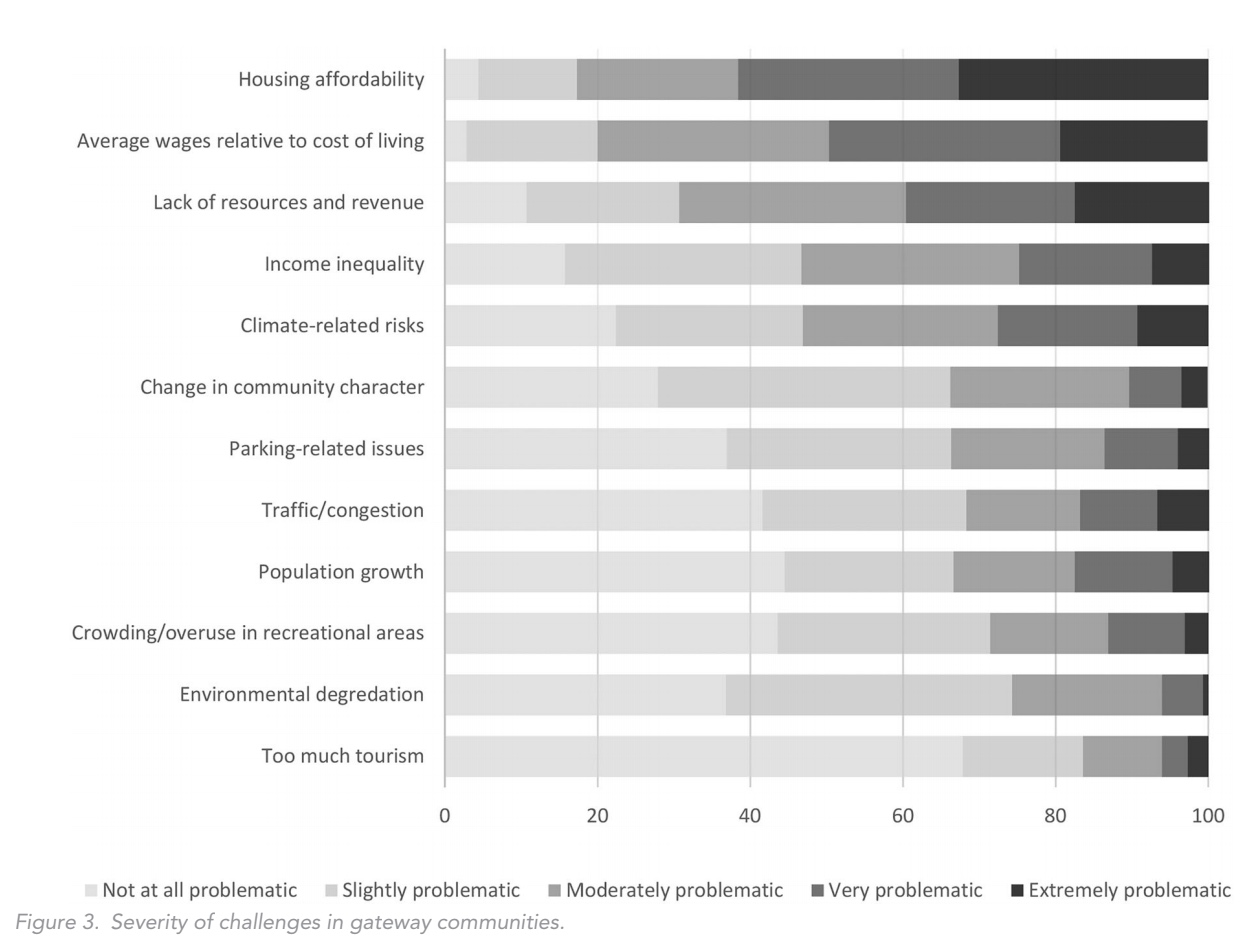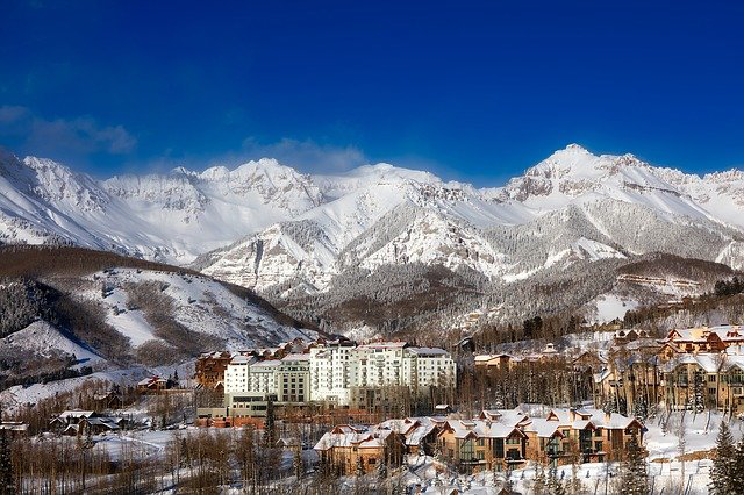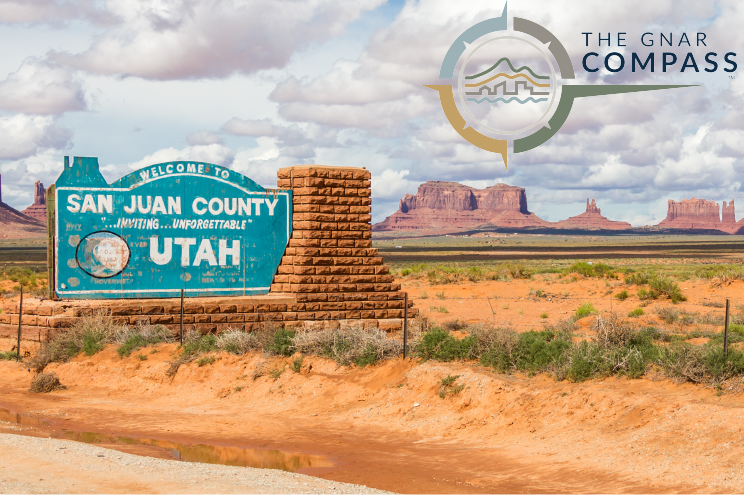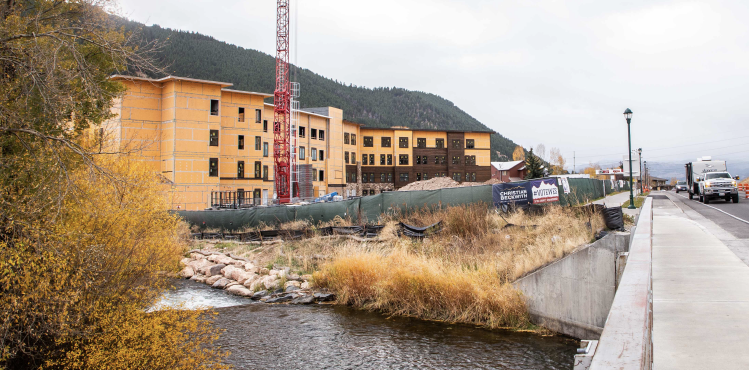Planning and Development Challenges in Gateway Communities
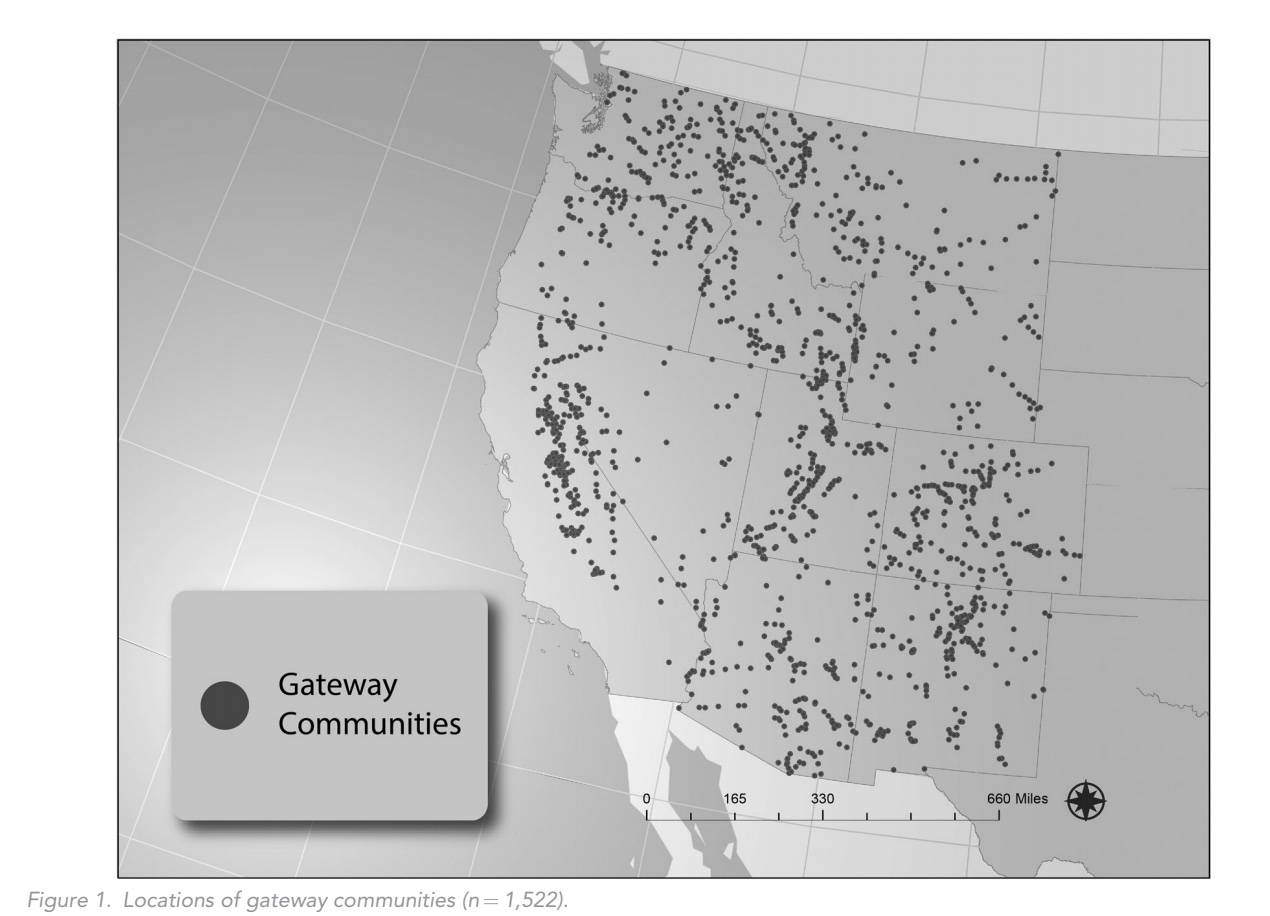
Small towns and cities outside scenic public lands, national parks, and other natural amenities in the western United States have become popular places to live and visit. While this has created many opportunities for these “gateway communities,” it has also been the source of many challenges. For example, as gateway communities mature and develop, they often experience issues surrounding housing affordability, traffic congestion, and impacts on community character and natural resources.
To better understand these challenges and the experience of gateway communities across the west, researchers from the University of Utah and the University of Arizona conducted an assessment of planning and development challenges in western gateway communities in 2018. The study, which was funded by the National Institute for Transportation and Communities, involved in-depth interviews with 33 public officials and a survey of more than 300 public officials in western gateway communities.
Key results of the study are highlighted below and discussed further in the article Planning and Development Challenges in Western Gateway Communities in the Journal of the American Planning Association.
Many Western Gateway Communities Are Increasingly Popular Places to Live and Visit
According to census data, western gateway communities increased their populations by an average of 8.2% between 2013 and 2018, growing faster than rural Mountain West communities and rural places across the nation. Additionally, most of the survey respondents said that their communities were experiencing both increased tourist visitation and part-time or seasonal populations. Many interviewees attributed this growth to their community’s proximity to natural amenities. Importantly, not all gateway communities are growing, and some of the communities who responded to the survey reported a decreasing population.
Western Gateway Communities Value and Identify with Their “Small Town-Ness”
Housing and Cost of Living Are Key Concerns for Many Gateway Communities
One of the most striking findings of this study is how pervasive and urgent housing affordability issues are across western gateway communities. The strong majority of survey respondents said that housing affordability is moderately to extremely problematic for their community, with a third saying it is extremely problematic. Similarly, almost every interviewee identified housing affordability as a key issue for their community. These findings align with census data, which suggest that the communities who responded to the survey have higher median rents and median housing values than other rural Mountain West communities. In line with these findings, half of survey respondents said that average wages relative to cost of living are very problematic or extremely problematic for their communities
Western Gateway Communities Face a Range of Other Development Concerns
In addition to housing and cost of living issues, survey respondents and interviewees indicated their communities are struggling with a range of other planning and development issues, many of which—like housing affordability—are things you would expect to find in a big city and not in rural towns. Commonly reported issues included lack of revenue and resources, climate-related risks, changes in community character, traffic congestion, parking-related concerns, crowding and overuse of recreational areas, environmental degradation, insufficient infrastructure, labor shortages, and concerns associated with short-term rentals.
Perceptions on Tourism, Growth, and Quality of Life
Survey respondents said population growth is more of an issue for their communities than too much tourism, with about a third of survey respondents saying growth is moderately to extremely problematic for their community. They similarly said that tensions in their community between long-time residents and recent residents are more problematic than tensions between residents and tourists. This suggests that the influx of amenity migrants appears as much a threat to community character and livability as increasing tourism. That said, about an eighth of survey respondents said that too much tourism was moderately to extremely problematic for their communities. This may support the theory that tourism development is a positive thing until it reaches a certain point, at which point local residents may perceive the costs as balancing out or outweighing the benefits. Interviewees spoke to this, saying there is a “love/hate relationship” around tourism and that it is a “double-edged sword” in which communities rely on tourism dollars but also feel overwhelmed by visitors.
Growth Rates Correspond with the Severity of Some Challenges, but Not Others
Western Gateway Communities are Undertaking a Range of Innovative Strategies to Address Their Panning and Development Challenges
The results of the survey and interviews indicate that gateway communities across the west are doing a wide range of innovative things to address their planning and development challenges. Many of these approaches—which included things such as e-bike share programs, community land trusts, and tiny house ordinances—are things we might expect more in urban areas than in small rural communities. Interviewees also shared many stories of “pop-up” planning interventions and planning experiments. These findings suggest that gateway communities—as small towns with big-city problems—might offer valuable laboratories for novel planning approaches and planning innovation.
A Need for Proactive Planning, Additional Capacity, and Planning Support
Interviewees, particularly those from areas with developed tourism economies and/or high growth rates, commonly emphasized the importance of proactive planning and preparing for growth and visitation. They also spoke to the importance of planning and working at a regional scale as well as the challenges this presents. Most of the interviewees expressed a sense of being overwhelmed, behind the curve, and/or in need of additional capacity and resources to help them and their town prepare for and respond to the challenges they face. As one town manager from a developed gateway community said, “We don’t have the staff capacity to deal with major crises.” Such observations are all more relevant amid the current COVID-19 pandemic, which hit many gateway communities, particularly those around ski areas, particularly hard and threatens to devastate many gateway communities’ economies.
Overall, this study indicates that gateway communities throughout the western United States are experiencing a range of planning and development challenges, many of which seem atypical for small rural communities, such as challenges associated with housing affordability, cost of living, and congestion. These challenges seem to be more related to population growth than increasing tourism and stand out in stark contrast against the fact that these communities strongly value and identify with their small-town character. Gateway communities also appear to be doing a variety of things, some quite innovative, to address their planning and development challenges. However, they often feel overwhelmed, behind the curve, and in need of additional capacity and planning support. They therefore will likely need additional planning support and tools to help them plan for and respond to the challenges their communities face.
Watch Dr. Danya Rumore present a GNAR webinar about this research project.
Principle Investigators:
Danya Rumore, Ph.D.
Director and Research Associate Professor, Environmental Dispute Resolution Program,
Wallace Stegner Center for Land, Resources & Environment, S.J. Quinney College of Law
Research Assistant Professor, Department of City and Metropolitan Planning
University of Utah
danya.rumore@law.utah.edu
Philip Stoker, Ph.D.
Assistant Professor of Planning, College of Architecture, Planning and Landscape Architecture
University of Arizona
Related Research


